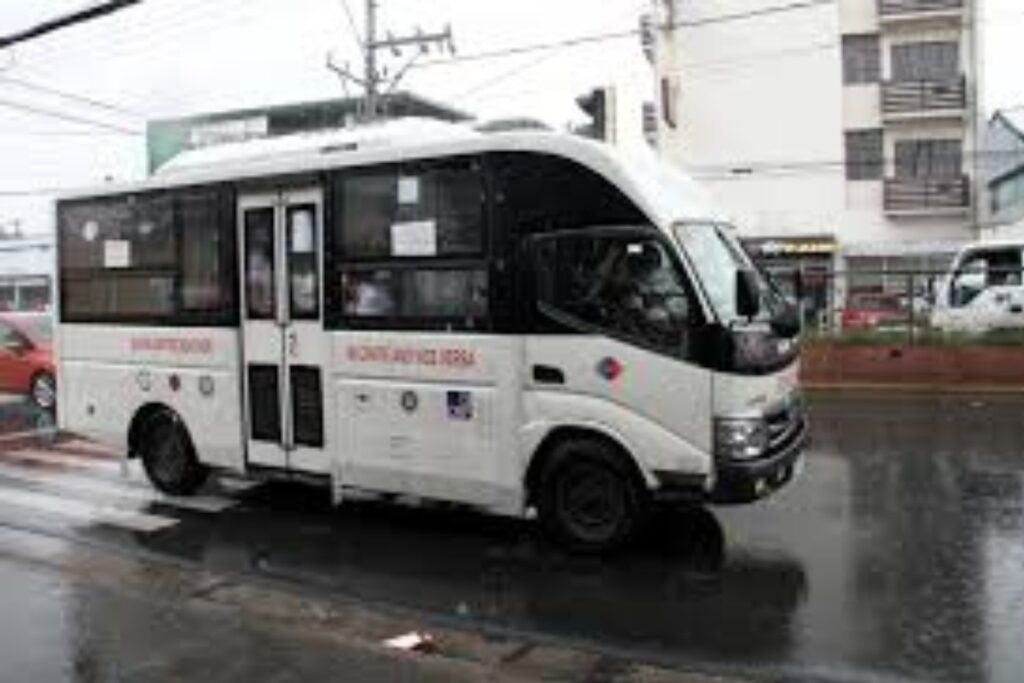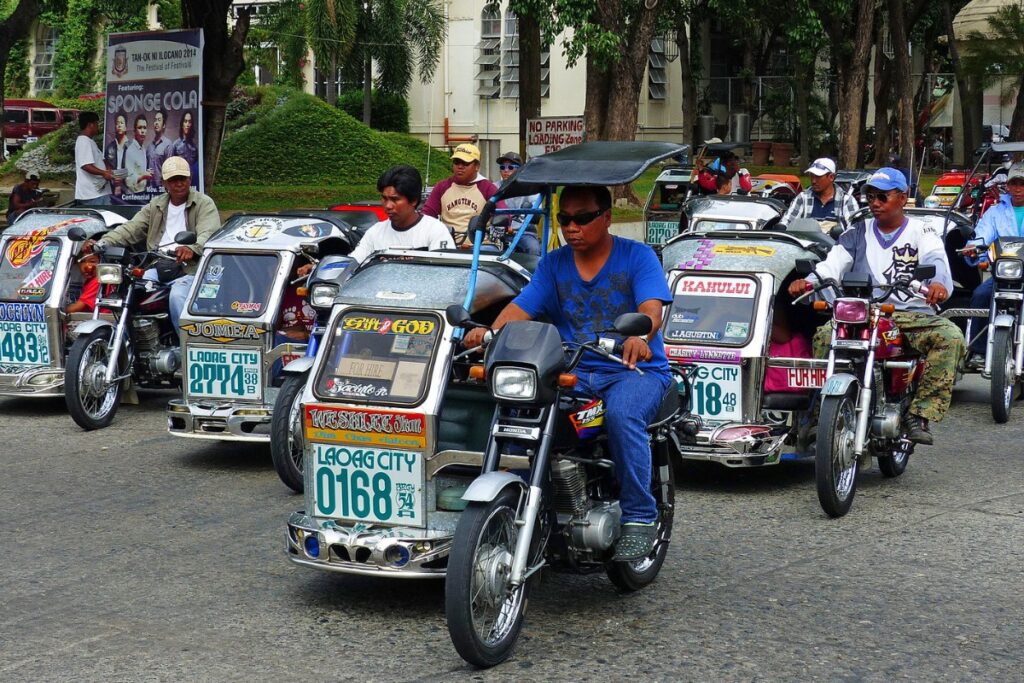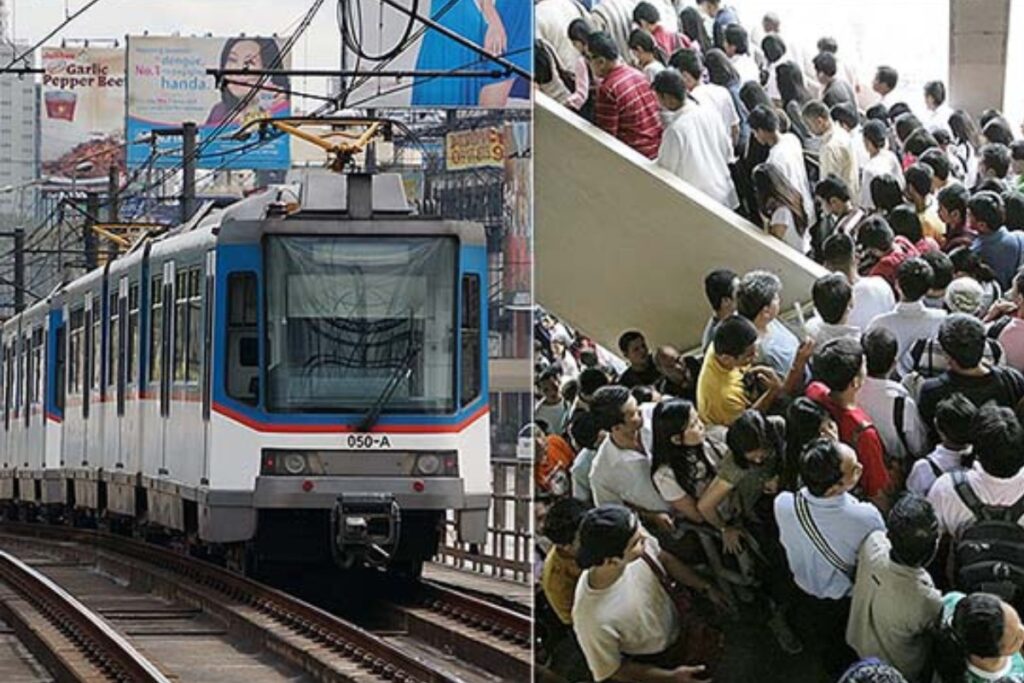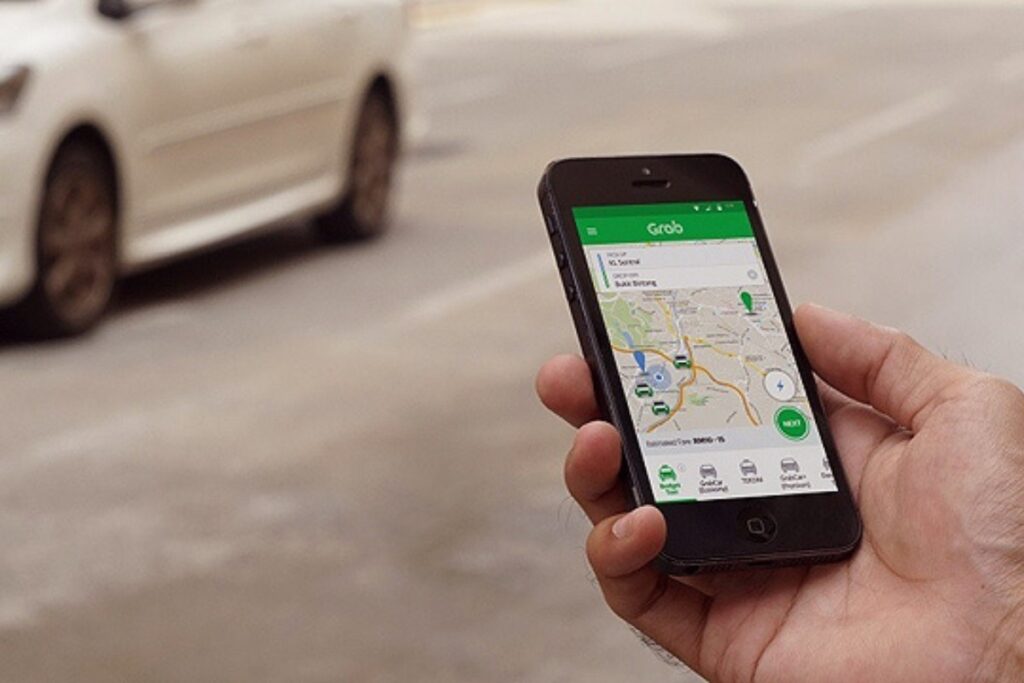Transportation In the Philippines for Expat
Getting around the Philippines can feel like a maze, especially if you’re new to the country. But don’t worry—navigating this beautiful archipelago doesn’t have to be complicated. Whether living in bustling Metro Manila or enjoying the laid-back lifestyle of Cebu, transportation is key to your daily life. For expats, learning about the various modes of transportation will make your life much easier.
In this article, we’ll dive into the different ways to get from point A to point B, and we’ll give you a sneak peek into how locals (and expats alike) deal with the sometimes crazy traffic and bustling transport hubs. By the end of this guide, you’ll be confidently cruising through the Philippines.
Common Transportation Options for Expats
Jeepneys: Iconic and Affordable
Let’s start with the iconic jeepney! If you’ve ever seen a brightly coloured, uniquely designed vehicle filled with people, you’ve spotted a jeepney. These vehicles are a Filipino staple and are one of the most affordable modes of public transport. Jeepneys are everywhere—from major cities to remote provinces. They follow fixed routes and are the go-to choice for short trips.
For expats, hopping onto a jeepney might initially feel like an adventure. Depending on distance, you’ll pay a small fare (usually between ₱8 and ₱15) and squeeze in with the locals. It can be crowded, but it’s an affordable way to explore the city or nearby areas.
Thankfully improvements have been made with the introduction of the modern jeepney. The modern jeepney runs better, has less pollution, is less crowded and has air conditioning, all for only a few pesos more.

Tricycles and Pedicabs: Perfect for Short Trips
Tricycles are small, motorized vehicles designed to carry passengers over short distances. They’re common in cities and provinces, and they’re super convenient if you need to get somewhere quickly but don’t want to fight traffic. Fares can range from ₱10 to ₱40, depending on the distance, and you can even negotiate the price.
Pedicabs are similar to tricycles but are human-powered, making them an eco-friendly choice for short trips. They’re perfect for navigating narrow streets or areas with lots of foot traffic, like local markets or tourist spots.

Public Buses and LRT/MRT: A Blend of Convenience and Economy
For longer trips, public buses are an excellent option. In Metro Manila, you’ll find both air-conditioned and non-air-conditioned buses travelling along main routes. They’re pretty affordable, with fares starting around ₱13. The downside? Traffic. The bus may take a while to reach its destination, especially during rush hour.
The Light Rail Transit (LRT) and Metro Rail Transit (MRT) are prevalent in Metro Manila. These elevated trains are fast and affordable, with fares ranging from ₱15 to ₱30, depending on the distance. While they offer a much-needed escape from Manila’s notorious traffic jams, they can get crowded during peak hours.

Ride-Hailing Apps (Grab, Angkas): A More Modern Approach
If you prefer a more modern approach to commuting, ride-hailing apps like Grab and Angkas are your best bet. Grab works similarly to Uber, allowing you to book a private car or even a motorbike for a convenient door-to-door service. Grab fares vary depending on the route, time of day, and traffic, but expect to pay around ₱80 for a short trip. As a first time tourist in the Philippines using a ride app like Grab while costing a little more is the probably the best way to see the sites and ride in comfort.
Angkas, on the other hand, offers motorcycle taxis. They’re perfect for navigating the city’s traffic jams and super fast. You can zip through traffic, saving valuable time, especially during rush hour.

Understanding Transportation Costs
One of the first things you’ll notice when commuting in the Philippines is how affordable most options are. Public transport, including jeepneys and buses, generally costs a few pesos, making it easy to get around without breaking the bank.
Though slightly more expensive, ride-hailing apps like Grab are still cheaper than taxis in many cases. A short Grab ride could cost you between ₱100 to ₱200. For a longer journey, you might pay between ₱250 and ₱500. Angkas, being the fastest and most convenient, can range from ₱50 to ₱200, depending on distance.
Public transport is your best friend if you’re looking to save on transportation. However, when you’re pressed for time or need a more comfortable ride, opting for a Grab or Angkas ride might be worth the extra pesos.
Challenges You Might Face as an Expat
While transportation in the Philippines is affordable and diverse, you might face a few challenges. Here’s what you should keep in mind:
Traffic Congestion
The Philippines, especially Metro Manila, is infamous for its traffic jams. Rush hour can be a nightmare, and you may be stuck in traffic for hours. It’s common to see jeepneys, buses, and motorcycles weaving in and out of lanes. The best way to avoid frustration is to plan your trips around rush hour (7 AM to 9 AM and 5 PM to 7 PM) or opt for alternative routes.
Language Barriers
In some areas, the local dialects may differ from what you’re used to. Although many Filipinos speak English, there could still be moments when you struggle to understand directions or fare rates. Learning a few basic Filipino phrases can go a long way and help you feel more at home.
Safety Concerns
Although public transportation is generally safe, like in any country, you should stay alert. Petty theft can happen, especially in crowded areas. Be mindful of your belongings and avoid flashy jewelry or valuables. If you’re travelling at night, using ride-hailing apps to ensure your safety is a good idea.
Tips for Expats Navigating Public Transport
Here are some tips to help you navigate like a local:
- Learn the routes. Familiarize yourself with the major routes for jeepneys, buses, and MRT/LRT lines. Google Maps is an excellent tool for finding your way around.
- Understand the fare systems. In jeepneys and buses, pay the conductor or driver when you board. For MRT/LRT, you’ll need a stored value card, which you can buy at stations.
- Mind the local etiquette. Filipinos are generally friendly but be aware of local customs, such as giving up your seat to elderly passengers or not blocking the aisles when the vehicle is full.
Transportation in the Philippines offers a little of everything—iconic jeepneys, modern ride-hailing apps, and efficient public transport systems. As an expat, learning about your options will make getting around easier and help you integrate better into local life. Be open-minded, be patient with the traffic, and always stay safe. Soon enough, you’ll be commuting like a pro in the Philippines!
